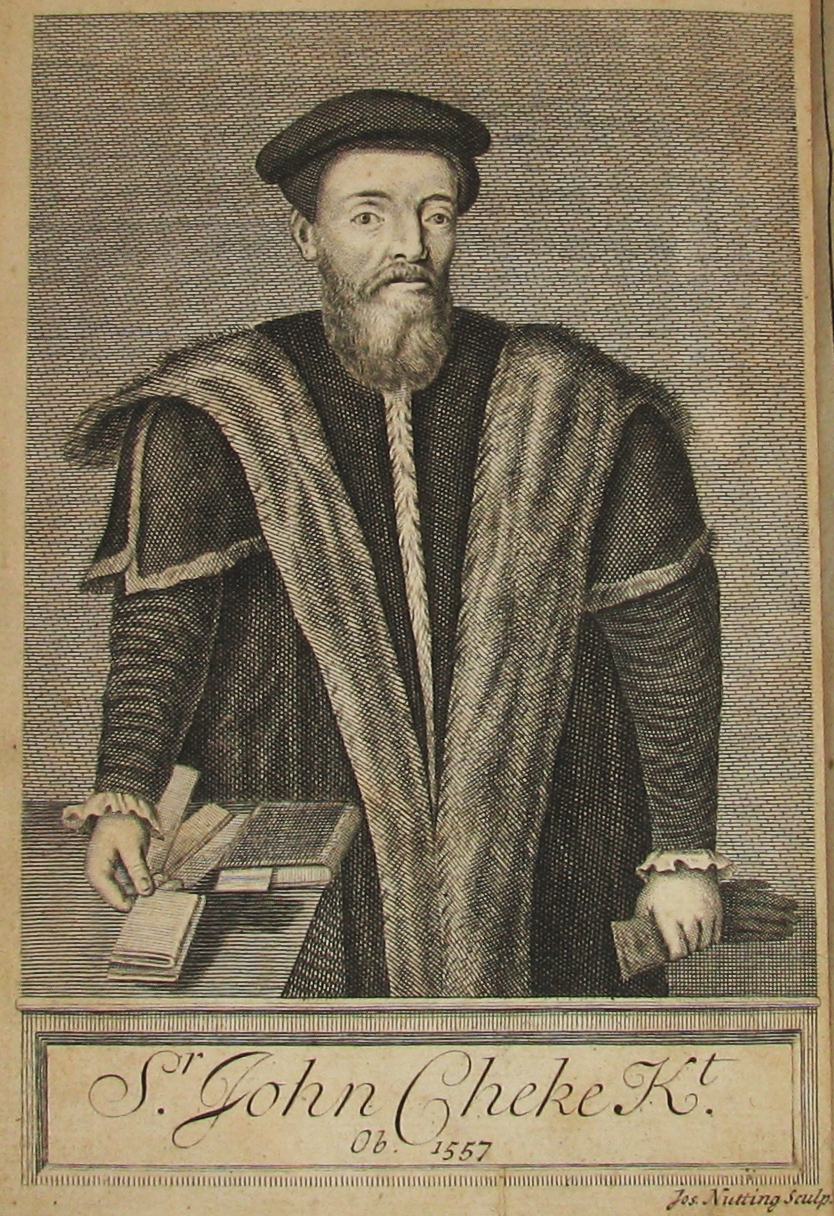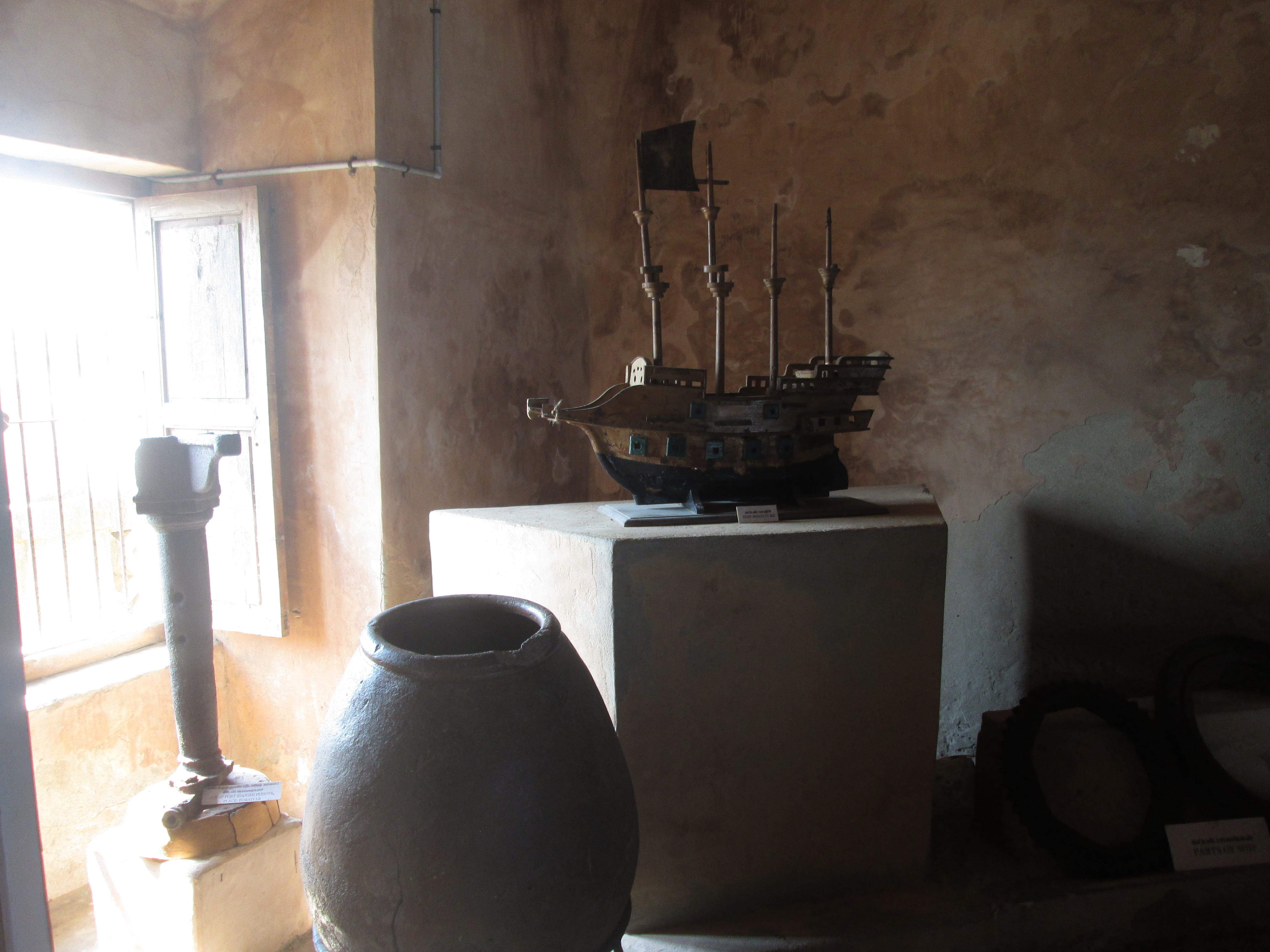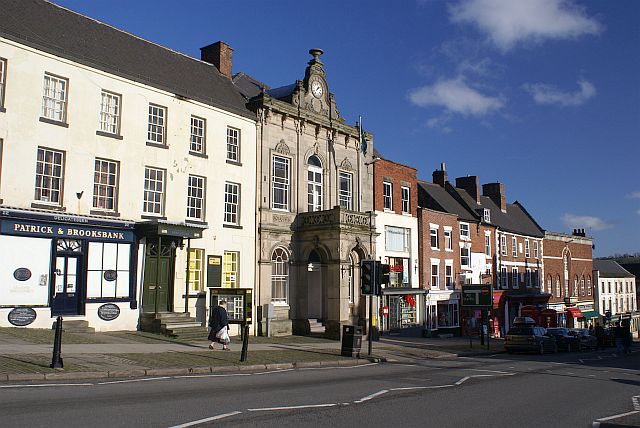|
Thomas Dyche
Reverend Thomas Dyche (died c. 1733) was an English schoolmaster and lexicographer (probably) from Ashbourne, Derbyshire. He published a number of books on the English language including one thought to be the first English book published in Asia., The Hindu, 6 July 2006 Retrieved 5 April 2008 He is remembered for his reference books and his contribution to pronunciation.Dewitt T. Starmes and Gertrude E. Noyes, Thomas Dyyke and William Pardons New General English Dictionary (1735) in Lexicography: Critical Concepts Mick R. K. Smith et al., pp. 15–19, 2003, Taylor and Francis, Retrieved 5 April 2008 SBN:0415253675 Dyche's ''New General English Dictionary'' was in print from 1735 to 1798 and went thro ... [...More Info...] [...Related Items...] OR: [Wikipedia] [Google] [Baidu] |
Joseph Nutting
Joseph Nutting (1660–1722) was an English engraver, working in London. He is known for his portraits, often used as book frontispiece A frontispiece in books is a decorative or informative illustration facing a book's title page—on the left-hand, or verso, page opposite the right-hand, or recto, page. In some ancient editions or in modern luxury editions the frontispiece fe ...s. Works He was apprenticed to John Savage. Nutting's style resembled that of Robert White. His subjects included Mary Capell, Duchess of Beaufort, after Robert Walker; Sir Edmund Berry Godfrey; John Locke, after Sylvester Brownover; Thomas Greenhill, after Thomas Murray, prefixed to his ''Art of Embalming'', 1705; Aaron Hill the poet, 1705; Sir Bartholomew Shower; Sir John Cheke; James Bonnell; the Rev. Matthew Mead; William Elder, the engraver; and the family of Rawlinson of Cark, five ovals on one plate. Nutting engraved around 1690 ''A New Prospect of the North Side of the City o ... [...More Info...] [...Related Items...] OR: [Wikipedia] [Google] [Baidu] |
Tharangambadi
Tharangambadi (), formerly Tranquebar ( da, Trankebar, ), is a town in the Mayiladuthurai district of the Indian state of Tamil Nadu on the Coromandel Coast. It lies north of Karaikal, near the mouth of a distributary named Uppanar of the Kaveri River. Tranquebar was established on 19 November 1620 as the first Danish trading post in India. King Christian IV had sent his envoy Ove Gjedde who established contact with Raghunatha Nayak of Tanjore. An annual tribute was paid by the Danes to the Rajah of Tanjore until the colony of Tranquebar was sold to the British East India Company in 1845. Tharangambadi is the headquarters of Tharangambadi taluk. Its name means "place of the singing waves"; the old designation ''Trankebar'' remains current in modern Danish. Tharangambadi is located at the distance of 285 km from Chennai. The nearest airport is at Tiruchirapalli international airport at 172 km and the nearest port is at Karaikal at 26 km. History The place date ... [...More Info...] [...Related Items...] OR: [Wikipedia] [Google] [Baidu] |
People From Ashbourne, Derbyshire
A person ( : people) is a being that has certain capacities or attributes such as reason, morality, consciousness or self-consciousness, and being a part of a culturally established form of social relations such as kinship, ownership of property, or legal responsibility. The defining features of personhood and, consequently, what makes a person count as a person, differ widely among cultures and contexts. In addition to the question of personhood, of what makes a being count as a person to begin with, there are further questions about personal identity and self: both about what makes any particular person that particular person instead of another, and about what makes a person at one time the same person as they were or will be at another time despite any intervening changes. The plural form "people" is often used to refer to an entire nation or ethnic group (as in "a people"), and this was the original meaning of the word; it subsequently acquired its use as a plural form of ... [...More Info...] [...Related Items...] OR: [Wikipedia] [Google] [Baidu] |
English Lexicographers
English usually refers to: * English language * English people English may also refer to: Peoples, culture, and language * ''English'', an adjective for something of, from, or related to England ** English national identity, an identity and common culture ** English language in England, a variant of the English language spoken in England * English languages (other) * English studies, the study of English language and literature * ''English'', an Amish term for non-Amish, regardless of ethnicity Individuals * English (surname), a list of notable people with the surname ''English'' * People with the given name ** English McConnell (1882–1928), Irish footballer ** English Fisher (1928–2011), American boxing coach ** English Gardner (b. 1992), American track and field sprinter Places United States * English, Indiana, a town * English, Kentucky, an unincorporated community * English, Brazoria County, Texas, an unincorporated community * Engli ... [...More Info...] [...Related Items...] OR: [Wikipedia] [Google] [Baidu] |
Nahum Tate
Nahum Tate ( ; 1652 – 30 July 1715) was an Irish poet, hymnist and lyricist, who became Poet Laureate in 1692. Tate is best known for ''The History of King Lear'', his 1681 adaptation of Shakespeare's ''King Lear'', and for his libretto for Henry Purcell's opera, ''Dido and Aeneas''. Life Nahum Tate was born in Dublin and came from a family of Puritan clerics. He was the son of Faithful Teate, an Irish cleric who had been rector of Castleterra, Ballyhaise, until his house was burnt and his family attacked after he had passed on information to the government about plans for the Irish Rebellion of 1641. After living at the provost's lodgings in Trinity College Dublin, Faithful Teate moved to England. He was the incumbent at East Greenwich around 1650, and "preacher of the gospel" at Sudbury from 1654 to 1658. He had returned to Dublin by 1660. He published a poem on the Trinity entitled ''Ter Tria'', as well as some sermons, two of which he dedicated to Oliver and Henry Cro ... [...More Info...] [...Related Items...] OR: [Wikipedia] [Google] [Baidu] |
Pronunciation
Pronunciation is the way in which a word or a language is spoken. This may refer to generally agreed-upon sequences of sounds used in speaking a given word or language in a specific dialect ("correct pronunciation") or simply the way a particular individual speaks a word or language. Contested or widely mispronounced words are typically verified by the sources from which they originate, such as names of cities and towns or the word GIF#Pronunciation of GIF, GIF. A word can be spoken in different ways by various individuals or groups, depending on many factors, such as: the duration of the cultural exposure of their childhood, the location of their current residence, speech disorder, speech or list of voice disorders, voice disorders, their ethnic group, their social class, or their education. Linguistic terminology Syllables are counted as units of sound (Phone (phonetics), phones) that they use in their language. The branch of linguistics which studies these units of sound is ... [...More Info...] [...Related Items...] OR: [Wikipedia] [Google] [Baidu] |
Hackney (parish)
Hackney was a parish in the historic county of Middlesex. The parish church of St John-at-Hackney was built in 1789, replacing the nearby former 16th-century parish church dedicated to St Augustine (pulled down in 1798). The original tower of that church was retained to hold the bells until the new church could be strengthened; the bells were finally removed to the new St John's in 1854. See details of other, more modern, churches within the original parish boundaries below. Ancient parish The vestry of the parish, in common with all parishes in England, was entrusted with various administrative functions from the 17th century. The parish vestry administered the Poor Law until 1837, until it became part of the Poor Law Union of Hackney. The ecclesiastical and civil roles of the parish increasingly diverged, and by the early nineteenth century they covered different areas. Civil parish A distinct civil parish dates from 1855, with the incorporation of ''The Vestry of the Parish ... [...More Info...] [...Related Items...] OR: [Wikipedia] [Google] [Baidu] |
John Ward Of Hackney
John is a common English name and surname: * John (given name) * John (surname) John may also refer to: New Testament Works * Gospel of John, a title often shortened to John * First Epistle of John, often shortened to 1 John * Second Epistle of John, often shortened to 2 John * Third Epistle of John, often shortened to 3 John People * John the Baptist (died c. AD 30), regarded as a prophet and the forerunner of Jesus Christ * John the Apostle (lived c. AD 30), one of the twelve apostles of Jesus * John the Evangelist, assigned author of the Fourth Gospel, once identified with the Apostle * John of Patmos, also known as John the Divine or John the Revelator, the author of the Book of Revelation, once identified with the Apostle * John the Presbyter, a figure either identified with or distinguished from the Apostle, the Evangelist and John of Patmos Other people with the given name Religious figures * John, father of Andrew the Apostle and Saint Peter * Pope J ... [...More Info...] [...Related Items...] OR: [Wikipedia] [Google] [Baidu] |
Bartholomaeus Ziegenbalg
Bartholomeus or Bartholomaeus or Barthelomaeus is a masculine Latin given name, the Latin equivalent of Bartholomew. The German cognate is Bartholomäus. Notable people with the name include: * Bartholomeus Amadeus degli Amidei (died 1266), Italian founder of the Servite Order * Bartholomeus Amicus (1562–1649), Jesuit priest, teacher and writer who spent his adult life in Naples * Bartholomeus Anglicus (1203–1272), scholastic scholar of Paris, member of the Franciscan order * Bartholomeus Appelman (1628–1686), Dutch landscape painter * Bartholomeus Assteyn (1607–1669/1677), Dutch still life painter * Bartholomeus Barbiers (1743–1808), Dutch landscape painter * Bartholomeus van Bassen (1590–1652), Dutch painter and architect * Bartholomeus Jan "Bart" Bok (1906–1983), Dutch-born American astronomer * Bartholomeus Breenbergh (1598–1657), Dutch painter * Bartholomaeus of Bruges (died 1356), Flemish physician and natural philosopher * Bartholomeus Dolendo (c. 1570 � ... [...More Info...] [...Related Items...] OR: [Wikipedia] [Google] [Baidu] |
Ashbourne, Derbyshire
Ashbourne is a market town in the Derbyshire Dales district in Derbyshire, England. Its population was measured at 8,377 in the 2011 census and was estimated to have grown to 9,163 by 2019. It has many historical buildings and independent shops. The town offers a historic annual Shrovetide football match. Its position near the southern edge of the Peak District makes it the closest town to Dovedale, to which Ashbourne is sometimes referred to as the gateway. The town is west of Derby, south-east of Buxton, east of Stoke-on-Trent, south-south-east of Manchester, south-west of Sheffield and north of Lichfield. Nearby towns include Matlock, Uttoxeter, Leek, Cheadle and Bakewell. History The town's name derives from the Old English ''æsc-burna'' meaning "stream with ash trees". Ashbourne was granted a market charter in 1257. In medieval times it was a frequent rest stop for pilgrims walking "St Non's Way" to the shrine of Saint Fremund at Dunstable in Bedfordshire. T ... [...More Info...] [...Related Items...] OR: [Wikipedia] [Google] [Baidu] |
Stratford Bow
Bow () is an area of East London within the London Borough of Tower Hamlets. It is primarily a built-up and mostly residential area and is east of Charing Cross. It was in the traditional county of Middlesex but became part of the County of London following the passing of the Local Government Act 1888. "Bow" is an abbreviation of the medieval name Stratford-at-Bow, in which "Bow" refers to the bowed bridge built here in the early 12th century. Bow contains parts of both Victoria Park and the Queen Elizabeth Olympic Park. Old Ford and Fish Island are localities within Bow, but Bromley-by-Bow (historically and officially just "Bromley") immediately to the south, is a separate district. These distinctions have their roots in historic parish boundaries. Bow underwent extensive urban regeneration including the replacement or improvement of council homes, with the impetus given by the staging of the 2012 Olympic Games at nearby Stratford. History Bow formed a part of the mediev ... [...More Info...] [...Related Items...] OR: [Wikipedia] [Google] [Baidu] |
Fetter Lane
Fetter Lane is a street in the ward of Farringdon Without in the City of London. It forms part of the A4 road and runs between Fleet Street at its southern end and Holborn. History The street was originally called Faytor or Faiter Lane, then Fewteres Lane. This is believed to come from the Old French "faitor" meaning lawyer, though by the 14th century this had become synonymous with an idle person. Geoffrey Chaucer used the word to refer to the beggars and vagrants who were seen around the lane. An alternative origin of the name is the fetter (lance vest) made by armourers working for the nearby Knights Templar. In the 1590s there was a gibbet at the junction of Fleet Street and Fetter Lane. Christopher Bales was among those hanged there. In 1643, the Member of Parliament Nathaniel Tomkins was arrested for conspiracy against the government by withholding taxes, and hanged outside his front door in Fetter Lane. It is sometimes said that John Dryden lived at No. 16, but there is ... [...More Info...] [...Related Items...] OR: [Wikipedia] [Google] [Baidu] |


_1938.jpg)


